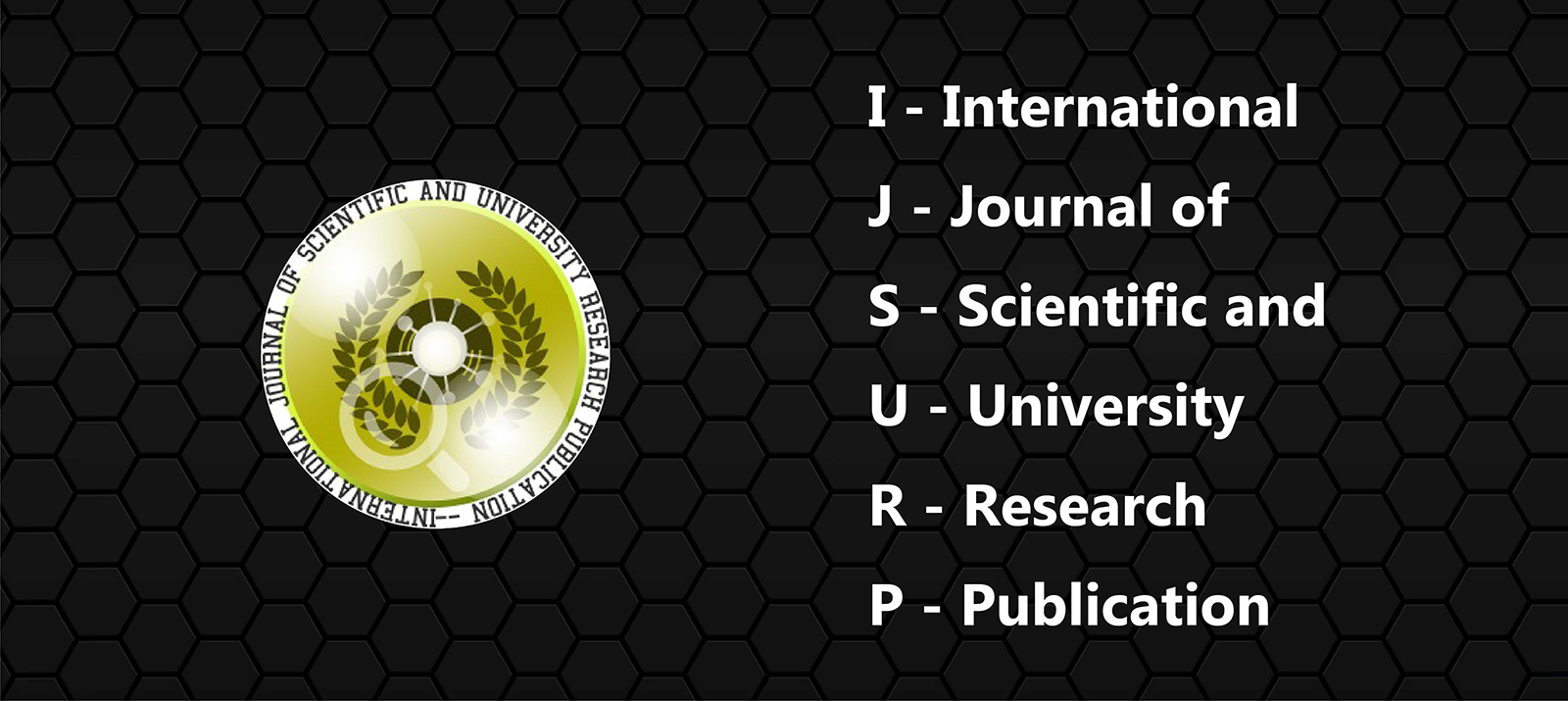
Assessment of Microbial Biodiversity of River Ganga at Haridwar and Rishikesh
Authore(s) : Nidhi Singh Chauhan || Department of MicrobiologyHimalayan UniversityNaharlagunItanagarArunachal Pradesk
Volume : (3), Issue : 211, January - 2019

Abstract : Haridwar and Rishikesh are the famous pilgrims on river Ganga. The river Gang is regarded as one of the most holy and sacred rivers of the world from time immemorial. The evaluation of river water quality in terms of microbial analysis is a useful because most of the waterborne diseases are caused by enteric pathogens such as bacteria, viruses and parasites that are transmitted by the faecal oral route. Water quality assessment conducted at Ganga River for microbial analysis in the year 2012 and 2013. For this study water samples were collected from the Har Ki Pauri at Haridwar and Pramanand Ashram Ghat at Rishikesh. All samples were positive for E. coli, which indicates fecal pollution of water. The MPN count ranges from 300 to 450 MPN/100 ml for the water samples at Haridwar and 170 to 230 MPN/100 ml water samples at Rishikesh. The SPC count ranges from 320 to 450 SPC/ml x1000 for the water sam- ples at Haridwar and 150 to 240 SPC/ml x1000 water samples at Rishikesh. The fecal coliform counts also exceeding the standard limit for water. The Isolated organisms were identified to be Staphylococcus aureus, Salmonella species, Escherchia coli, Pseudomonas aerugionosa, Enterobacter aerogenes and Shigella species.
Keywords :Assessment, Microbial, Biodiversity , River Ganga, Haridwar and Rishikesh.
Article: Download PDF Journal DOI : 2364/2018
Cite This Article:
Assessment of River Ganga at Haridwar and Rishikesh
Vol.I (3), Issue.I 211






